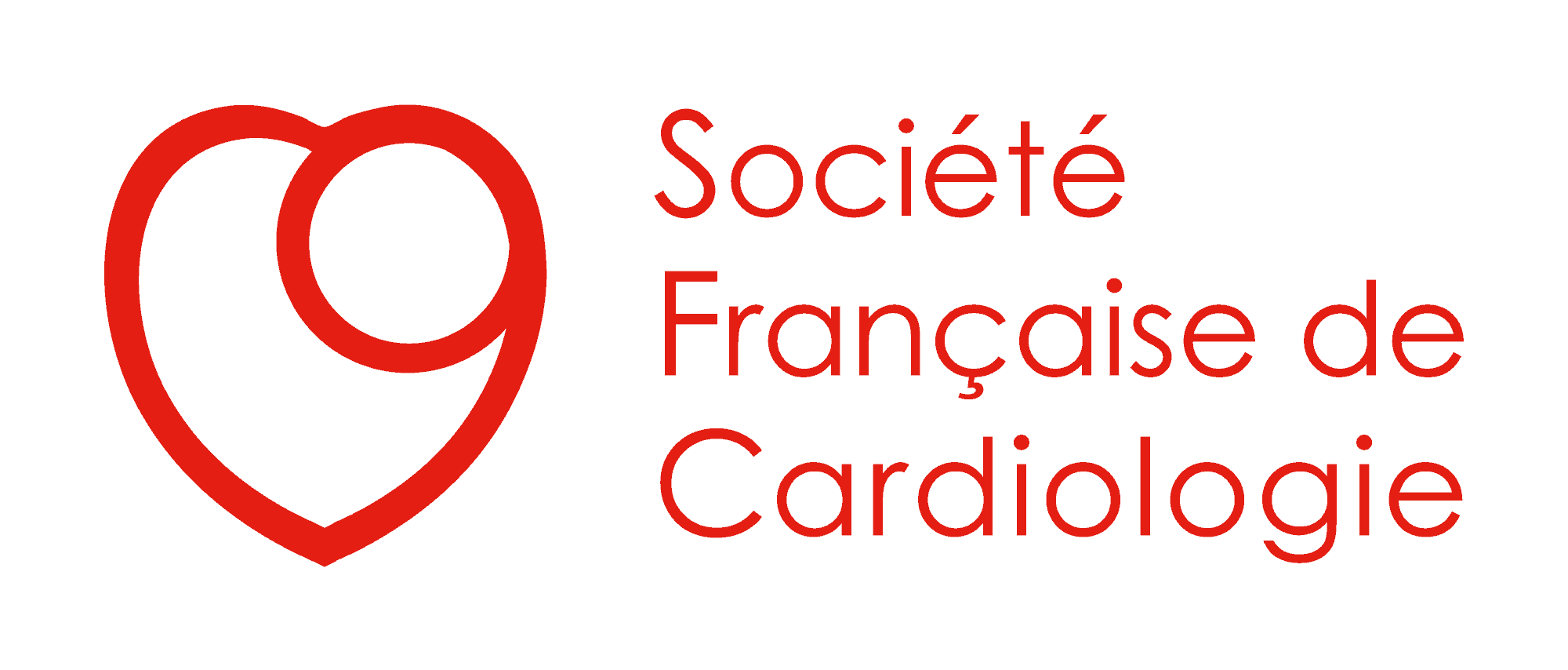Suivez-nous sur les réseaux sociaux !
Retrouvez les articles immanquables des Archives of Cardiovascular Diseases, revue scientifique mensuelle en anglais de notoriété internationale.
Voici un aperçu rapide des sujets abordés dans cette publication :
Dernières publications
Publications
Bioprosthetic leaflet thrombosis and reduced leaflet motion after transcatheter aortic valve replacement: A systematic review and meta-analysis
Voici un aperçu rapide des sujets abordés dans cette publication :
Archives of Cardiovascular Diseases | Article du mois – Décembre 2023
Vincent Roule, Paul Guedeney, Johanne Silvain, Farzin Beygui, Michel Zeitouni, Sabato Sorrentino, Mathieu Kerneis, Olivier Barthelemy, Frédéric Beaupré, Jean-Jacques Portal, Eric Vicaut, Gilles Montalescot, Jean-Philippe Collet
Abstract
Background
Leaflet thrombosis and reduced leaflet motion have become a concern with the expanding use of transcatheter aortic valve replacement in lower-risk patients.
Aims
To assess the proportions, predictors and clinical impact of leaflet thrombosis and reduced leaflet motion after transcatheter aortic valve replacement.
Methods
We performed a meta-analysis of studies assessing the proportions of and/or clinical outcomes according to the presence of leaflet thrombosis after transcatheter aortic valve replacement identified with computed tomography and/or echocardiography.
Results
Fifty-three studies, representing 25,258 patients undergoing transcatheter aortic valve replacement, were considered. The proportion of leaflet thrombosis was 5.2% overall, and was higher in computed tomography versus echocardiography (16.4% vs. 1.1%, respectively); reduced leaflet motion was identified in 11% of patients with four-dimensional computed tomography. Intra-annular bioprostheses were associated with a higher proportion of leaflet thrombosis, whereas chronic oral anticoagulation was protective for leaflet thrombosis in both computed tomography and echocardiographic studies (9.7% vs.17.5%; relative risk [RR]: 0.51, 95% confidence interval [95% CI]: 0.37–0.71 and 0.9% vs. 2.7%; RR: 0.22, 95% CI: 0.06–0.79, respectively) and for reduced leaflet motion (2.5% vs. 12.4%; RR: 0.32, 95% CI: 0.13–0.76).Leaflet thrombosis was not associated with an increased risk of death, but with a higher risk of stroke incomputed tomography studies (2.8% vs. 2.4%; RR: 1.63, 95% CI: 1.05–2.55), a difference more pronounced when considering reduced leaflet motion (3.5% vs. 1.7%; RR: 2.39, 95% CI: 0.63–8.34).
Conclusions
The proportion of leaflet thrombosis is highly variable according to the screening approach, the type of valve and the use of oral anticoagulation. The occurrence of cerebral events is increased when leaflet thrombosis and/or reduced leaflet motion are diagnosed, but leaflet thrombosis has no impact on survival.
Partagez cet article :
Partagez cet article :
Written by : SFC
Plus de publications de la SFC

Article du Collège des Paramédicaux de la SFC | Avril 2025 Séverine Godinot - [...]

CARDIOLOGIE PÉDIATRIQUE Heart failure in patients with a systemic right ventricle: A multicentre study [...]




